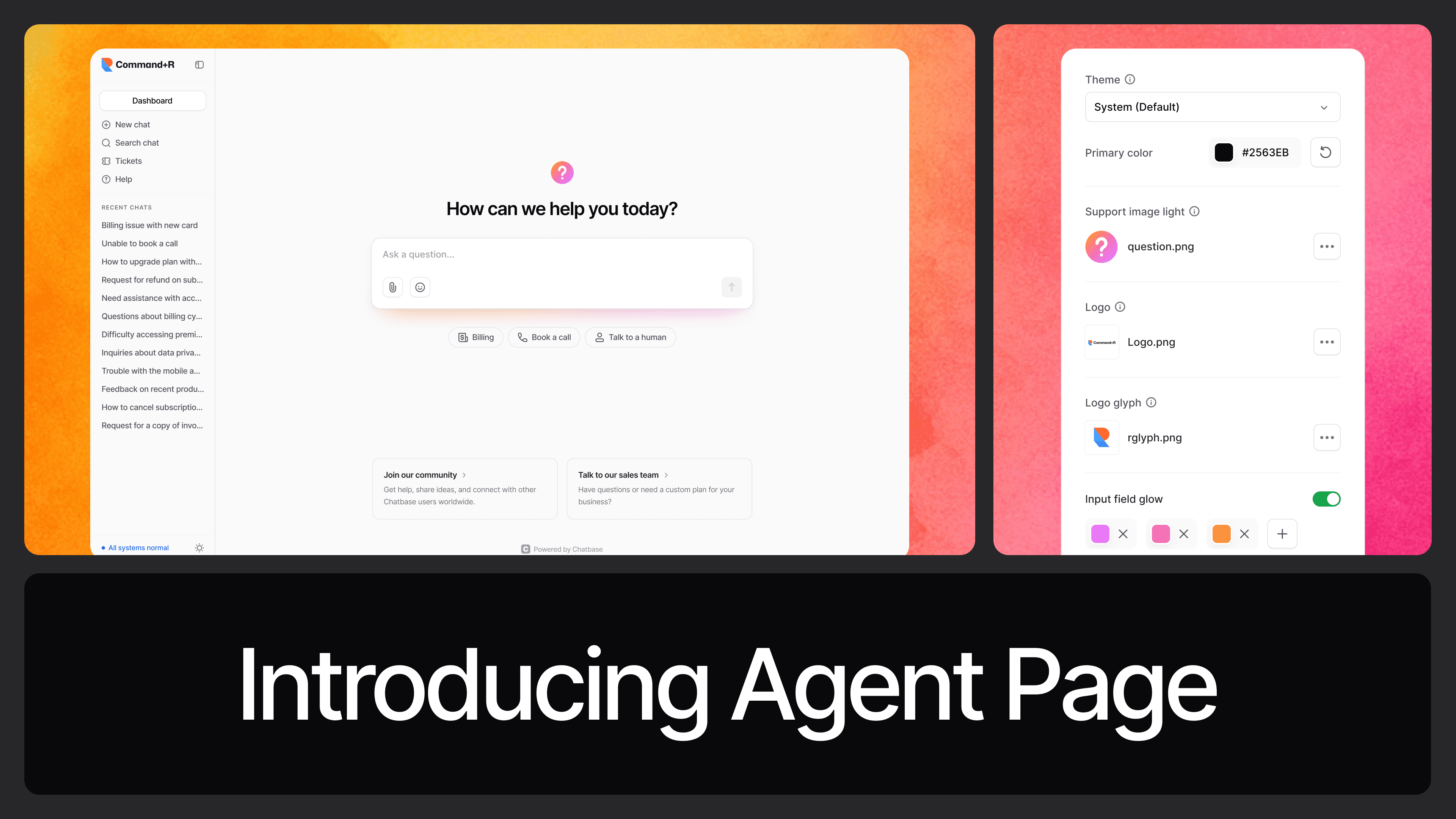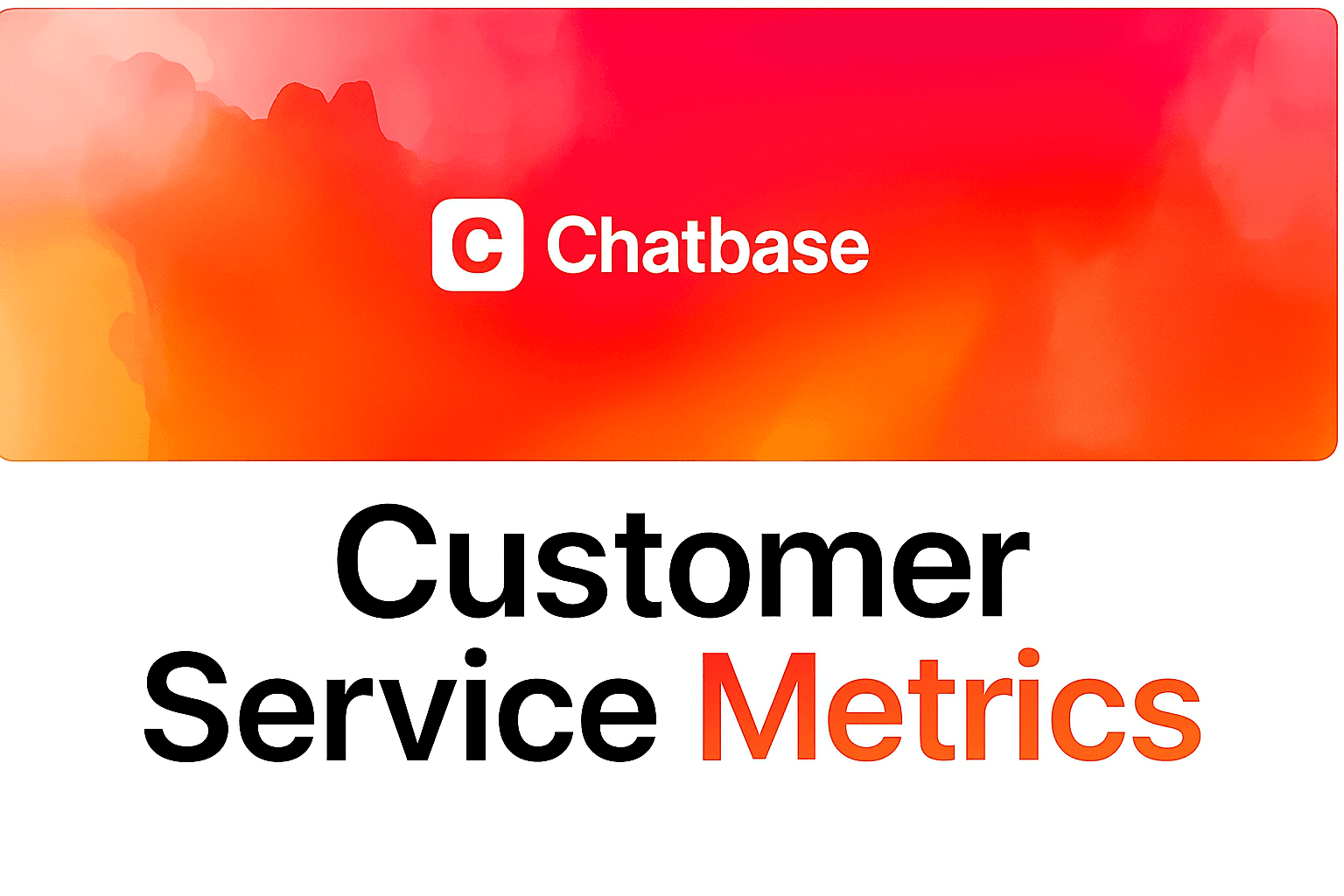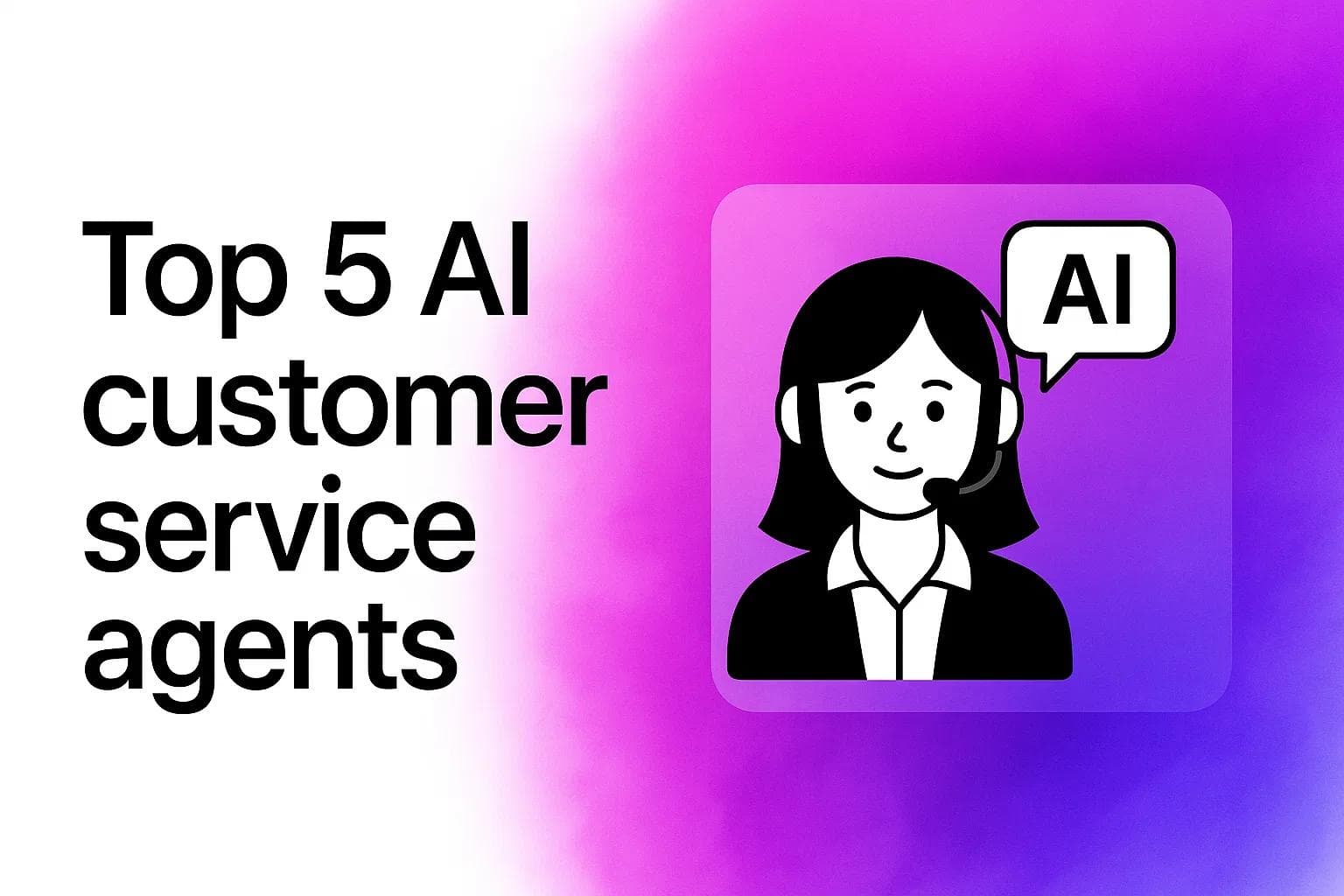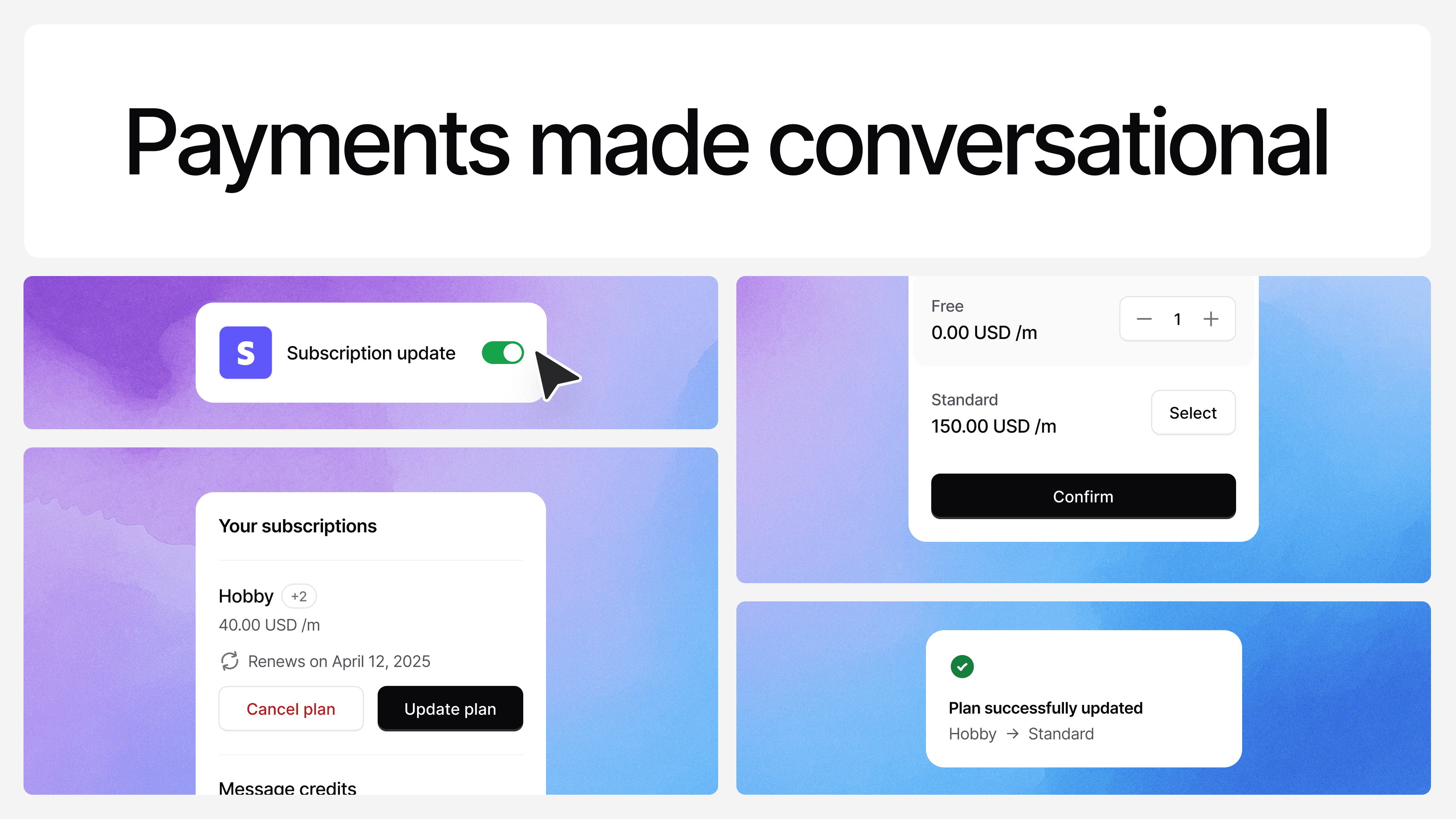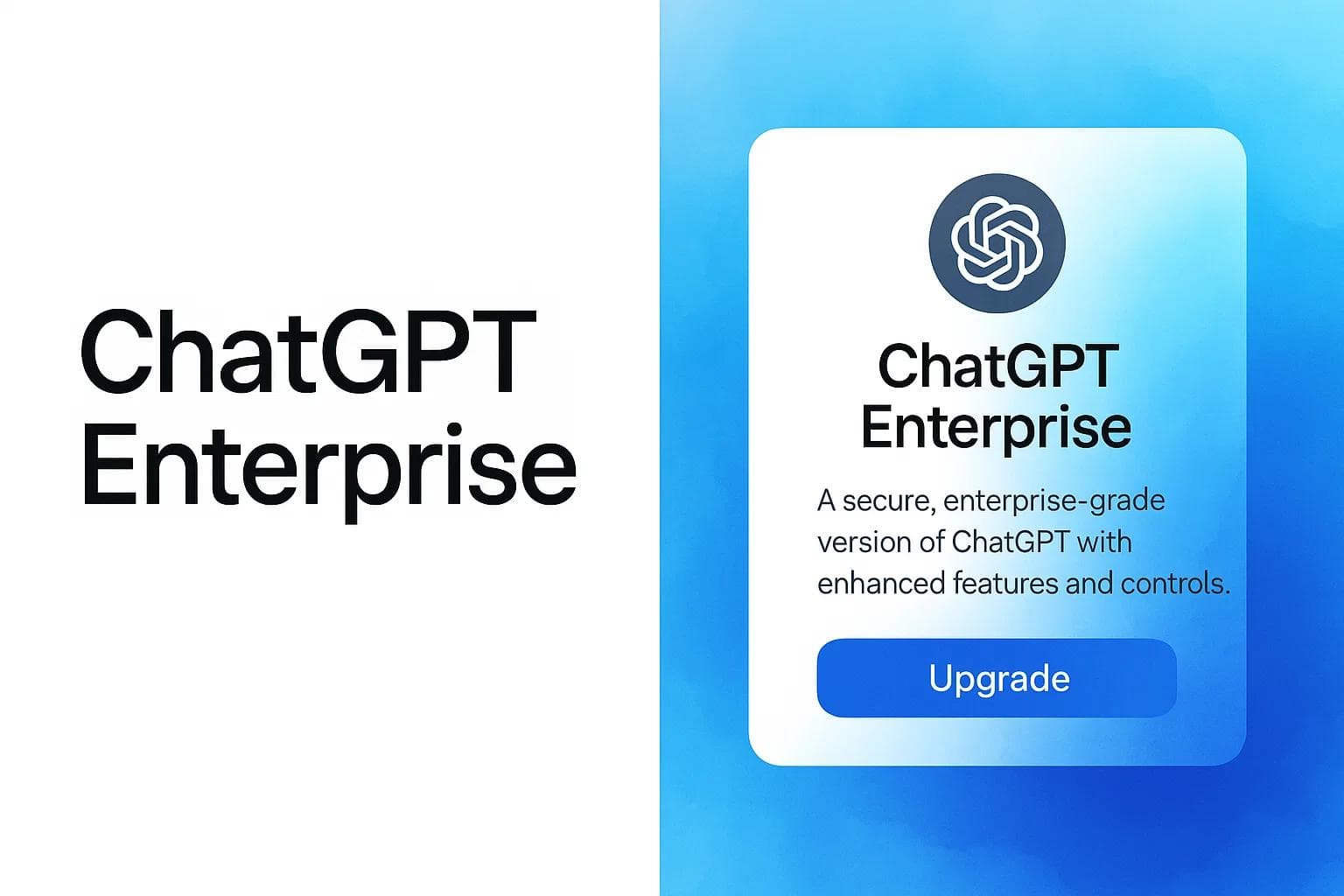What Is Chatbot Marketing? Benefits, Examples & Guide
Ilias Ism
May 1, 2024
10 min read
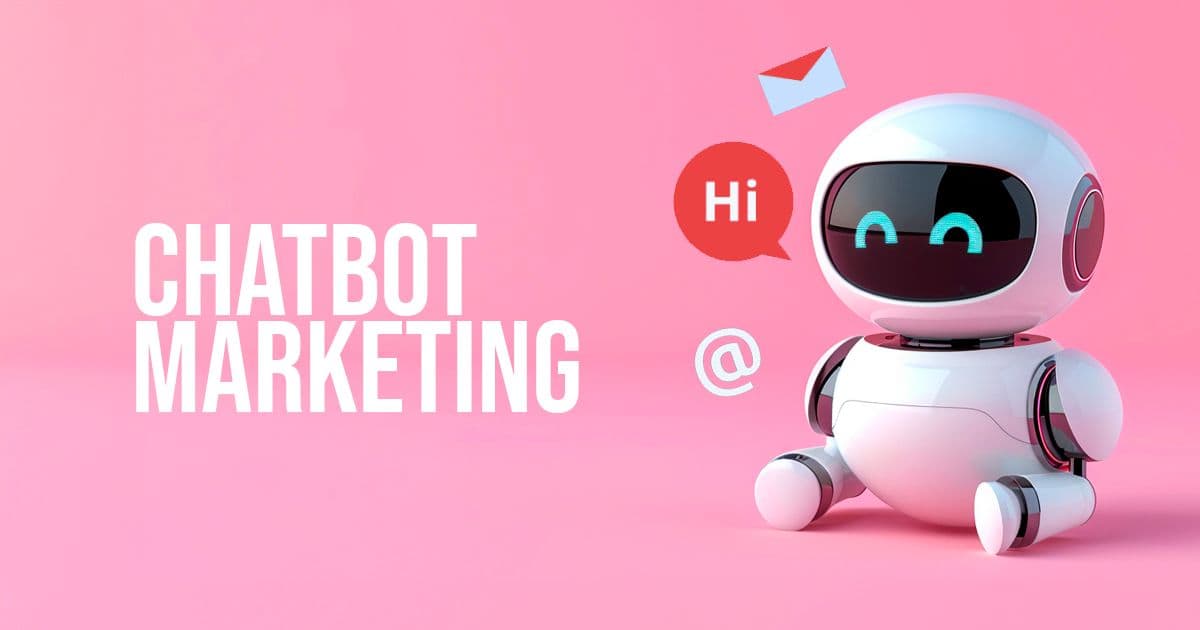
Website visitors are 82% more likely to convert after chatting with a bot. Consumer retail spend via chatbots is expected to hit $142 billion by 2026, up from just $2.8 billion in 2019.
That's a 50x increase in five years. And you're either part of it, or you're losing to competitors who are.
![[object Object]](/_next/image?url=https%3A%2F%2Fcdn.sanity.io%2Fimages%2Fi6kpkyc7%2Fprod-dataset%2F385845f796113d96d2f40ec508183c22803f08e9-2752x1536.png&w=3840&q=75)
Chatbot marketing is a digital marketing strategy that uses AI-powered chatbots to engage visitors, qualify leads, and guide them through your sales funnel, automatically. No forms. No waiting. Just instant, personalized conversations that convert.
Here's the reality:
- 39% of all business-consumer chats now involve a chatbot
- 84% of companies consider AI chatbots essential for communication
- Businesses see lead generation increase by up to 300% with chatbot marketing
- AI chatbots can handle up to 43% of customer inquiries without human intervention
The question isn't if you need chatbot marketing. It's how fast you can deploy it.
What Makes Chatbot Marketing Different
Traditional marketing is a monologue. You broadcast messages and hope someone responds. Forms sit on landing pages, collecting dust and incomplete submissions.
Chatbot marketing is a dialogue. It meets visitors where they are, asks the right questions, and moves them toward conversion in real-time.
Think about it: A visitor lands on your pricing page at 11 PM. With traditional marketing, they're on their own. Maybe they fill out a contact form. Maybe they bounce.
With chatbot marketing, an AI assistant engages them immediately. Answers their questions. Qualifies them based on budget and needs. Books a demo for the next morning. All while you're asleep.
That's the difference between hoping for conversions and engineering them.
Types of Marketing Chatbots
![[object Object]](/_next/image?url=https%3A%2F%2Fcdn.sanity.io%2Fimages%2Fi6kpkyc7%2Fprod-dataset%2Fd30f9f61993785af6ff2d58cc8ea314badf3f4a3-2752x1536.png&w=3840&q=75)
Understanding the types of chatbots available helps you choose the right approach for your marketing goals.
Rule-Based Chatbots
Rule-based chatbots follow predetermined scripts and decision trees. They're best for handling simple, predictable queries.
Think of them as automated phone menus, effective for structured conversations and basic FAQ responses, but limited when users go off-script. They work well for:
- Simple product inquiries
- Basic support questions
- Lead capture with predefined qualifying questions
- Appointment scheduling with fixed options
AI-Powered Chatbots
AI-powered chatbots use Natural Language Processing (NLP) and machine learning to understand context and intent. They learn from each interaction and improve over time.
These bots handle complex conversations and provide natural responses. They adapt to user behavior, making them ideal for marketing where personalization drives results.
The difference between conversational AI and basic chatbots comes down to conversational depth. Rule-based bots are transactional. Conversational AI engages in genuine dialogue.
Most modern chatbot marketing strategies use AI-powered bots because they handle the unpredictable nature of customer conversations. With Chatbase, you can build AI chatbots trained on your marketing materials, product knowledge, and brand voice, no coding required.
Benefits of Chatbot Marketing
1. 24/7 Availability and Instant Response
51% of customers expect round-the-clock service. Your chatbot delivers it.
Provide immediate assistance at any time, day or night. No waiting for business hours. No "we'll get back to you" delays.
This matters more than you think. In the travel industry, Hola Sun Holidays uses a chatbot to answer customer queries promptly, even at 2 AM. Timely responses make the difference between securing a booking and losing a customer to a competitor who replied first.
2. Enhanced Lead Generation and Qualification
Chatbase turns website visitors into qualified leads without friction. Instead of static forms, it collects lead data in natural, conversational exchanges.
You define what makes a "qualified lead." The AI asks the right questions, gathers the details, and builds complete profiles automatically. For deeper strategies, check out our guide on AI lead generation.
MagicSpace, a growth marketing agency, used chatbot marketing to triple leads from Google Ads while reducing cost per lead by 30%. Their chatbot engaged visitors with qualifying questions, quickly identifying high-potential leads and routing them to sales.
3. Hyper-Personalization at Scale
AI-powered chatbots enable true 1-to-1 personalization at scale, something impossible with traditional marketing.
By analyzing visitor behavior, purchase history, and stated preferences, chatbots deliver:
- Product recommendations tailored to individual interests
- Dynamic conversations that adapt based on user responses
- Personalized offers based on engagement patterns
- Custom content delivered at the right moment
Netflix's recommendation engine personalizes content for millions of users simultaneously. Your marketing chatbot can do the same for every website visitor.
4. Cost Efficiency and Scalability
One chatbot handles what would require multiple support agents. Tidio's chatbots handle up to 43% of customer inquiries automatically, freeing teams to focus on complex issues.
Scale your marketing efforts without scaling your team. Handle high volumes of interactions without additional staffing. That's the power of automation.
BlendJet integrated a Facebook chat plugin on their website. Result? 17% increase in average order rates and 15% growth in overall sales, without hiring additional staff.
Chatbot Marketing Examples
Lead Generation Chatbots
![[object Object]](/_next/image?url=https%3A%2F%2Fcdn.sanity.io%2Fimages%2Fi6kpkyc7%2Fprod-dataset%2F34588278e88c4a561021886666cc2e37b6311fd3-2752x1536.png&w=3840&q=75)
Lead generation chatbots capture and qualify potential customers through interactive conversations. Deploy them on websites, landing pages, or social media platforms.
The key is replacing friction with conversation. Instead of asking visitors to fill out a 10-field form, your chatbot asks questions naturally over the course of a dialogue. By the end, you have a qualified lead without the visitor ever feeling like they submitted a form.
For a complete breakdown of how this works, see our guide on how chatbots qualify leads.
Sales Funnel Chatbots
Chatbots can power your entire automated sales funnel:
Attraction: Engage website visitors and gather data from initial interactions
Engagement: Nurture and qualify leads through automated scoring
Nurturing: Keep prospects engaged with personalized, timely communication
Conversion: Schedule meetings and demos automatically
Optimization: Analyze conversations to refine each stage
A small business owner launches a new product and runs ads. Leads pour in. Without automation, keeping up with responses and follow-ups becomes overwhelming. Some prospects lose interest before ever hearing back.
With a chatbot funnel, leads are captured, qualified, and nurtured automatically. High-intent prospects get routed to sales immediately. Everyone else enters a nurture sequence.
Ecommerce Chatbots
Ecommerce chatbots are particularly powerful for marketing because they can:
- Understand complex product questions and provide detailed answers
- Make smart product suggestions based on customer preferences
- Integrate with product catalogs to check inventory and pricing
- Handle transactions within the chat interface
- Send personalized promotions and discount codes
- Provide order status updates
H&M's chatbot on Kik acts as a personal stylist. It asks customers about style preferences, then suggests outfit ideas. Once users find an outfit they like, they can instantly add the entire look to their cart.
Lidl UK implemented a product recommendation chatbot focused on wine selection. The bot helps customers choose the perfect bottle by asking about food pairings and taste preferences. By providing expert recommendations, Lidl positioned itself as a knowledgeable wine retailer.
Social Media Marketing Chatbots
Social media chatbot marketing extends your reach across platforms like Facebook Messenger, Instagram, and WhatsApp.
Sephora's Facebook Messenger bot engages customers with personalized beauty tips, product recommendations, and even virtual try-ons using augmented reality. The bot allows customers to book appointments for in-store makeovers, resulting in an 11% higher conversion rate compared to other booking channels.
Many businesses use social media chatbots for:
- Product discovery and recommendations
- Customer support and FAQ
- Lead generation and qualification
- Order tracking and updates
The key is meeting customers where they are, not forcing them to your website.
Content Marketing Chatbots
Content marketing chatbots distribute relevant content based on user interests and behavior.
Mindvalley, a personal growth platform, uses a chatbot on Facebook Messenger to guide potential learners through its course offerings. After users select their interests, the chatbot suggests courses tailored to their needs, mimicking a conversation with a supportive advisor.
This approach personalizes the learning journey and makes users more likely to enroll. The chatbot acts as a content curator, helping users find exactly what they need from a large library of options.
Contest and Giveaway Chatbots
Chatbots are powerful tools for running interactive contests and collecting user data.
Absolut Vodka's WhatsApp Bot contest created a virtual bouncer named Sven. People interested in winning tickets to their VIP launch party had to convince the bot why they should be allowed in.
This campaign generated high engagement and user-generated content, building brand awareness and capturing leads in an entertaining way. The key is making the interaction fun and shareable.
How to Implement Chatbot Marketing
1. Choose Your Chatbot Platform
![[object Object]](/_next/image?url=https%3A%2F%2Fcdn.sanity.io%2Fimages%2Fi6kpkyc7%2Fprod-dataset%2Fe7c613e0fbab02a2438a6bc7444462f6a3ddefa8-2972x1678.png&w=3840&q=75)
Chatbase is a user-friendly platform for creating AI chatbots without coding, trusted by over 9,000 businesses worldwide.
Upload your marketing materials, product knowledge, and brand guidelines. The platform trains your chatbot on your content, ensuring it speaks your brand's voice. You can deploy on your website, Shopify store, mobile app, Facebook Messenger, WhatsApp, and more.
For a complete walkthrough, see our guide on how to build an AI chatbot.
2. Define Your Objectives
Identify specific goals. Are you focusing on lead generation, customer support, or product recommendations?
Set measurable KPIs. Track conversion rates, lead quality, response times, and customer satisfaction. Understanding chatbot analytics helps you measure what matters:
- Goal Completion Rate: How often users achieve their intended goal
- Engagement Rate: Percentage of visitors who actively engage
- Conversion Rate: Users who take the desired action after interacting
- User Satisfaction Score: Direct feedback on chatbot performance
3. Design Your Chatbot
Create a friendly, on-brand personality. Your chatbot should reflect your brand voice: professional, casual, or somewhere in between.
Write clear, concise messages. Keep responses short and actionable. No one wants to read paragraphs in a chat.
Plan conversation branches. Anticipate where users might go and create paths for different scenarios.
Include clear calls-to-action. Guide users toward the next step: scheduling a demo, downloading content, or making a purchase.
4. Test and Launch
Conduct thorough testing with different user scenarios. Test happy paths, edge cases, and error scenarios.
Start with a soft launch to gather initial feedback. Deploy to a small segment first, then expand based on results.
Monitor conversations and user interactions. Review chat logs to identify patterns and opportunities for improvement.
5. Optimize and Improve
Regularly review chatbot conversations. Look for common questions, pain points, and opportunities to improve responses.
If multiple users ask the same question, make sure your chatbot answers it clearly. Your chatbot should get smarter over time.
A/B test different messages and approaches. Test different CTAs, conversation flows, and response styles to see what works best.
Advanced Chatbot Marketing Strategies
Predictive Customer Engagement
Rather than waiting for customers to reach out, AI enables companies to proactively identify and address potential needs.
By analyzing patterns in customer behavior, AI can predict when a visitor is likely to convert, or churn. This enables:
- Proactive outreach: Contacting customers before they experience problems
- Personalized self-service: Surfacing relevant content based on predicted needs
- Churn prevention: Identifying at-risk customers and deploying retention tactics
Vodafone uses AI to analyze network performance data and proactively reach out to customers who may be experiencing connectivity issues, often before the customer is even aware of a problem.
Omnichannel Chatbot Marketing
Deploy your chatbot across every customer touchpoint for a consistent experience:
- Website chat widget
- Facebook Messenger
- WhatsApp Business
- Instagram DMs
- SMS
The key is maintaining conversation context across channels. If a customer starts a conversation on your website and continues on WhatsApp, they shouldn't have to repeat themselves.
Integration with Your Marketing Stack
Connect your chatbot to your CRM, email marketing platform, and analytics tools for a complete view of customer interactions.
When a chatbot qualifies a lead, that information should flow directly to your CRM. When a visitor shows purchase intent, that should trigger your sales team. When someone expresses dissatisfaction, that should alert customer success.
For more on integrating chatbots with your overall strategy, explore our guide on customer engagement strategies.
Common Chatbot Marketing Mistakes
Trying to handle everything on day one. Start simple. Launch with core functionality, then expand based on real user interactions.
Hiding the fact it's a bot. Be transparent. Let users know they're chatting with a bot and provide an option to speak to a human. Honesty builds trust.
Ignoring analytics. If you're not measuring chatbot performance, you're flying blind. Track the metrics that matter and optimize continuously.
Generic responses. The whole point of AI chatbots is personalization. If your bot gives the same response to everyone, you're missing the opportunity.
No human fallback. Some conversations need a human touch. Make it easy for users to escalate when needed.
The Future of Chatbot Marketing
We're moving toward predictive personalization: AI that anticipates customer needs and delivers personalized experiences proactively.
Emerging trends to watch:
- Voice-activated chatbots: Enabling purchases and support via voice commands
- Visual product search: Letting customers find products by uploading images
- Augmented reality integration: Virtual try-ons and product demonstrations
- Autonomous agents: AI assistants that handle complex interactions end-to-end
The brands that stay ahead of AI-powered engagement will be best positioned to build lasting customer relationships.
Conclusion
Chatbot marketing isn't a nice-to-have anymore. It's essential.
With 82% higher conversion rates, 24/7 availability, and the ability to scale without scaling your team, chatbot marketing delivers measurable results. Whether you're generating leads, improving customer service, nurturing prospects, or recommending products, chatbots transform your marketing from monologue to dialogue.
The best part? You don't need a development team to get started.
With Chatbase, you can build an AI-powered chatbot trained on your content in minutes, not months. Upload your marketing materials, configure your goals, and deploy across your website and social channels.
Ready to transform your marketing with chatbot automation? Start your free trial with Chatbase today and see what happens when your website starts working for you 24/7.
Share this article:


